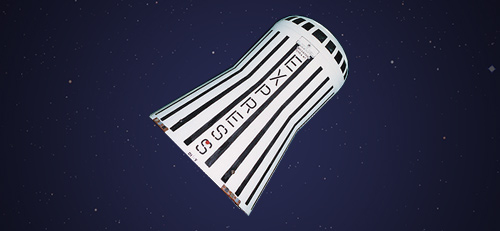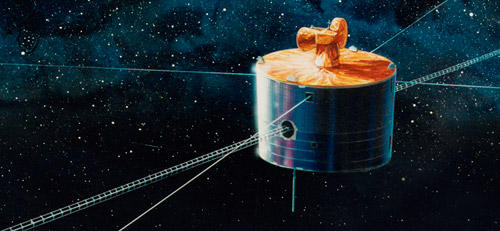| Name (pre-launch in parentheses) | ASCA (ASTRO-D) |
|---|---|
| International Designation code | 1993-011A |
| Objectives | Precise X-ray observation of various bodies in the universe and X-ray exploration of the deepest region of the universe such as galaxy clusters |
| Launch Date | February 20, 1993 |
| Launch Location | Kagoshima Space Center (Uchinoura) |
| Launch Vehicle | M-3SII-7 |
| Weight | 420 kg |
| Dimensions | 4.7m high cylinder Two folding-type (three-fold) solar paddles |
| Orbit Altitude | Perigee 525 km, Apogee 615 km |
| Orbit Inclination | 31° |
| Type of orbit | Near circular |
| Period | 96 min. |
| Scientific Instruments | 1.X-ray Telescope (XRT) 2.X-ray CCD camera (SIS, Solid-State Imaging Spectrometer) 3.Gas-Imaging Spectrometer (GIS) |
| End of Operation | March 2, 2001 |
| Reentered Date | March 2, 2001 |
| Operation | After launch, the Extendable Optical Bench (EOB), equivalent to the telescope's lens tube, was successfully extended. Observation then began and continued smoothly. In July 2000, however, the earth atmosphere expanded due to solar activity at that time. The satellite experienced friction caused by the thin atmosphere and started spinning. Finally, ASCA was unable to continue observation. Satellite operation continued with minimal functions, until, at around 14:20 on March 2, 2001, it entered the atmosphere and vanished. |
| Results | The successful results included the first imaging of X-ray objects by the scintillation proportional counter on March 17, 1993, and observation of X-rays from the supernova SN1993J recently discovered in the M81 galaxy. |



